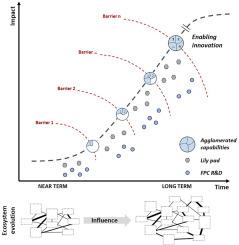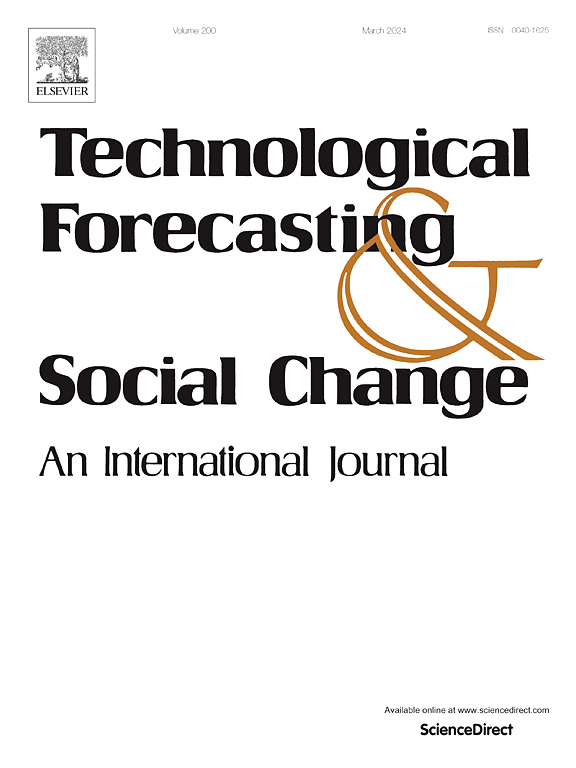Strategic roadmapping to accelerate and risk-mitigate enabling innovations: A generalizable method and a case illustration for marine renewable energy
IF 12.9
1区 管理学
Q1 BUSINESS
Technological Forecasting and Social Change
Pub Date : 2024-09-25
DOI:10.1016/j.techfore.2024.123761
引用次数: 0
Abstract
Understanding technological evolution and its implications is increasingly important as the public and private sectors harness next generation technologies to address society's major challenges. Current roadmapping methods for these enabling innovations suffer from several limitations and often shed more light on technology viability than adoptability, leading many to frame related pursuits as unpredictable high-risk, high-reward activities. However, recent research highlights that the risk associated with developing enabling innovations depends more on the approach to pursuit than the technology itself. Drawing on this perspective, we put forward a strategic roadmapping approach that overcomes historical limitations by: 1.) framing technological advance as a complex socio-technical transition and 2.) drawing upon related patterns of high-impact innovation to inform unique roadmapping analyses. The result – the Enabling Innovation Strategic Roadmapping method – examines technical, economic, and socio-cultural barriers to progress to define windows of opportunity in which viable technological capabilities can be matched to adoption-ready needs within and beyond the motivating sector, fostering advance toward a long-term vision, technology convergence, valley of death avoidance, and means to influence ecosystem evolution. To illustrate the methodology, we develop a strategic roadmap for marine hydrokinetic energy technologies that could support the advent of a marine renewable energy economy.

绘制战略路线图,以加速和化解扶持性创新的风险:海洋可再生能源的通用方法和案例说明
随着公共和私营部门利用下一代技术应对社会的重大挑战,了解技术演变及其影响变得越来越重要。目前针对这些赋能创新的路线图绘制方法存在一些局限性,通常更多的是揭示技术的可行性,而不是可采用性,这导致许多人将相关的追求定格为不可预测的高风险、高回报活动。然而,最近的研究强调,与开发使能型创新相关的风险更多地取决于追求的方法,而不是技术本身。基于这一观点,我们提出了一种战略路线图方法,通过以下方式克服历史局限性:1)将技术进步视为一种复杂的社会技术转型,2)借鉴相关的高影响力创新模式,为独特的路线图分析提供信息。其成果--"赋能创新战略路线图 "方法--研究了阻碍进步的技术、经济和社会文化障碍,以确定机会之窗,在这些机会之窗中,可行的技术能力可以与激励部门内外的就绪需求相匹配,促进向长期愿景、技术趋同、避免死亡谷和影响生态系统演变的手段迈进。为说明该方法,我们为海洋水动力能源技术制定了战略路线图,以支持海洋可再生能源经济的到来。
本文章由计算机程序翻译,如有差异,请以英文原文为准。
求助全文
约1分钟内获得全文
求助全文
来源期刊
CiteScore
21.30
自引率
10.80%
发文量
813
期刊介绍:
Technological Forecasting and Social Change is a prominent platform for individuals engaged in the methodology and application of technological forecasting and future studies as planning tools, exploring the interconnectedness of social, environmental, and technological factors.
In addition to serving as a key forum for these discussions, we offer numerous benefits for authors, including complimentary PDFs, a generous copyright policy, exclusive discounts on Elsevier publications, and more.

 求助内容:
求助内容: 应助结果提醒方式:
应助结果提醒方式:


